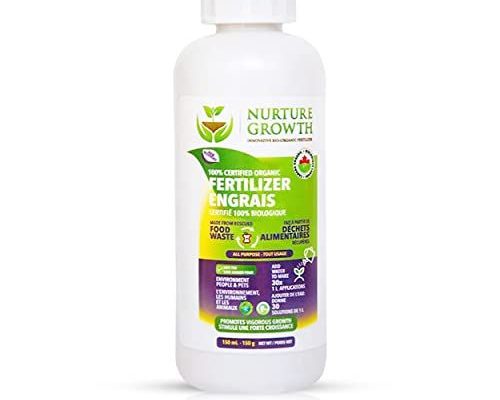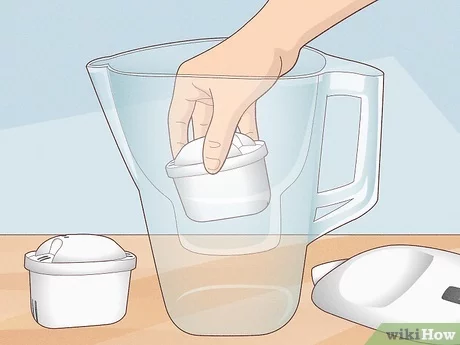3 Ways to Read a Fertilizer Label

Introduction:
Gardening enthusiasts and professional landscapers alike understand the importance of proper plant nutrition. Choosing the right fertilizer is essential to ensure the health and growth of your beloved plants. But with so many products on the market, making an informed decision can be overwhelming. This article will guide you through the process of reading a fertilizer label by breaking it down into three simple steps.
1.Understand the N-P-K Ratio
One of the most critical aspects of a fertilizer label is the N-P-K ratio, which stands for Nitrogen (N), Phosphorus (P), and Potassium (K). These three nutrients are essential for plant growth and development. The numbers represent the percentage by weight of each nutrient in the product. For example, a 10-10-10 fertilizer contains 10% Nitrogen, 10% Phosphorus, and 10% Potassium.
Each nutrient serves a specific purpose in maintaining plant health. Nitrogen promotes leafy green growth, phosphorus is responsible for root growth and flower production, and potassium aids in overall plant health and disease resistance. When choosing a fertilizer, consider what your plants need most at any given time, keeping their lifecycle stages in mind.
2.Examine Secondary Nutrients and Micronutrients
In addition to N-P-K elements, plants require secondary nutrients—calcium (Ca), magnesium (Mg), and sulfur (S)—and micronutrients like iron (Fe), manganese (Mn), zinc (Zn), copper (Cu), boron (B), molybdenum (Mo), and chlorine (Cl). While these nutrients are needed in smaller quantities, they play crucial roles in various biological processes that support healthy plant growth.
Fertilizer labels should list all nutrients contained within the product. Organic fertilizers typically contain a wide range of both secondary nutrients and micronutrients due to the natural materials they are made from, while synthetic fertilizers might only supply the basic N-P-K elements. Read the label carefully to ensure all the required nutrients for your plants are present.
3.Check the Application Recommendations
Lastly, examine the application recommendations provided on the fertilizer label. It’s crucial to follow the recommended rates and frequencies to avoid over-fertilization or nutrient burn, which could damage your plants. Also, take note of any specific instructions regarding watering practices, application methods (granular or liquid), and seasonality.
Some plants may have unique nutrient requirements, so it’s essential to research their specific needs before selecting a fertilizer. In some cases, specialized fertilizers will give recommendations for a particular plant or group of plants (e.g., roses or citrus trees), making it easier to match your garden’s requirements.
Conclusion:
Understanding how to read a fertilizer label is an essential skill for any gardener or landscaper. By examining the N-P-K ratio, checking for secondary nutrients and micronutrients, and following application recommendations, you can provide optimal nutrition for your plants ensuring their overall health and vigor. With this knowledge in hand, you’ll be well-equipped to make informed decisions when purchasing fertilizer products and caring for your garden.






